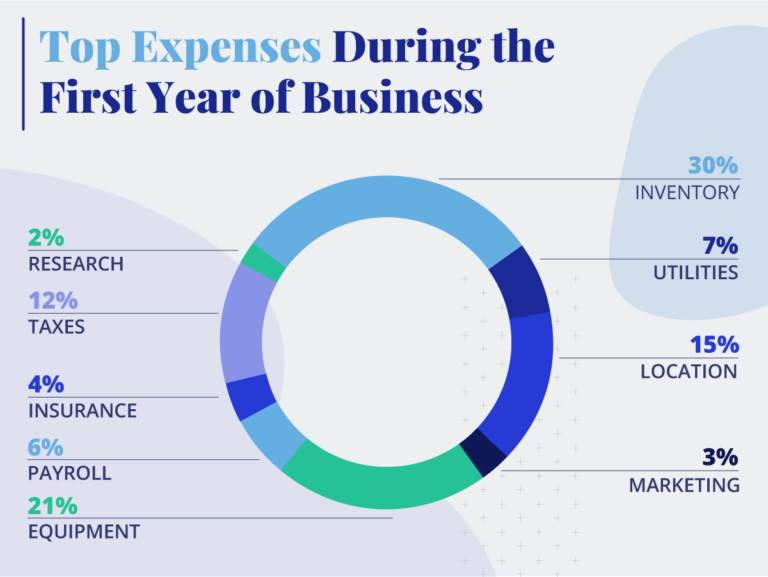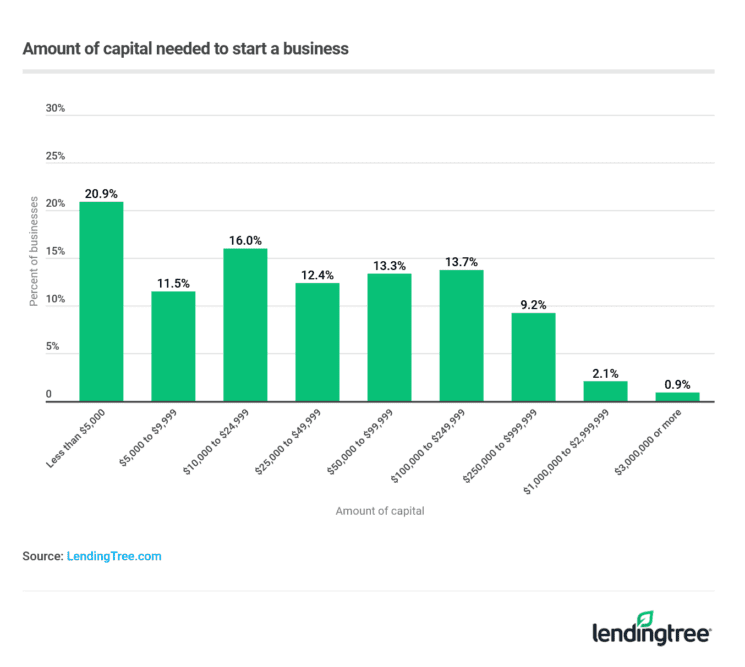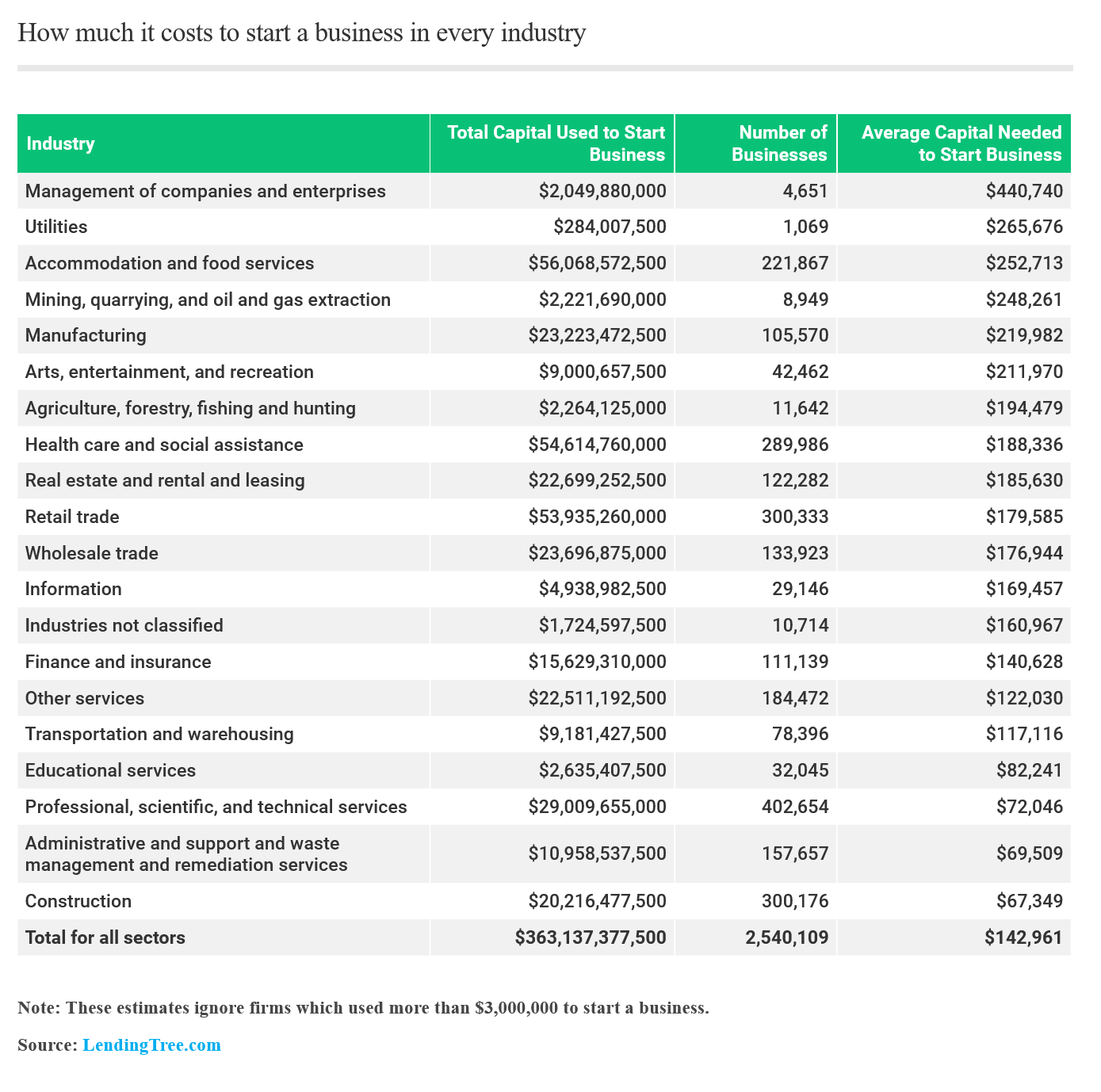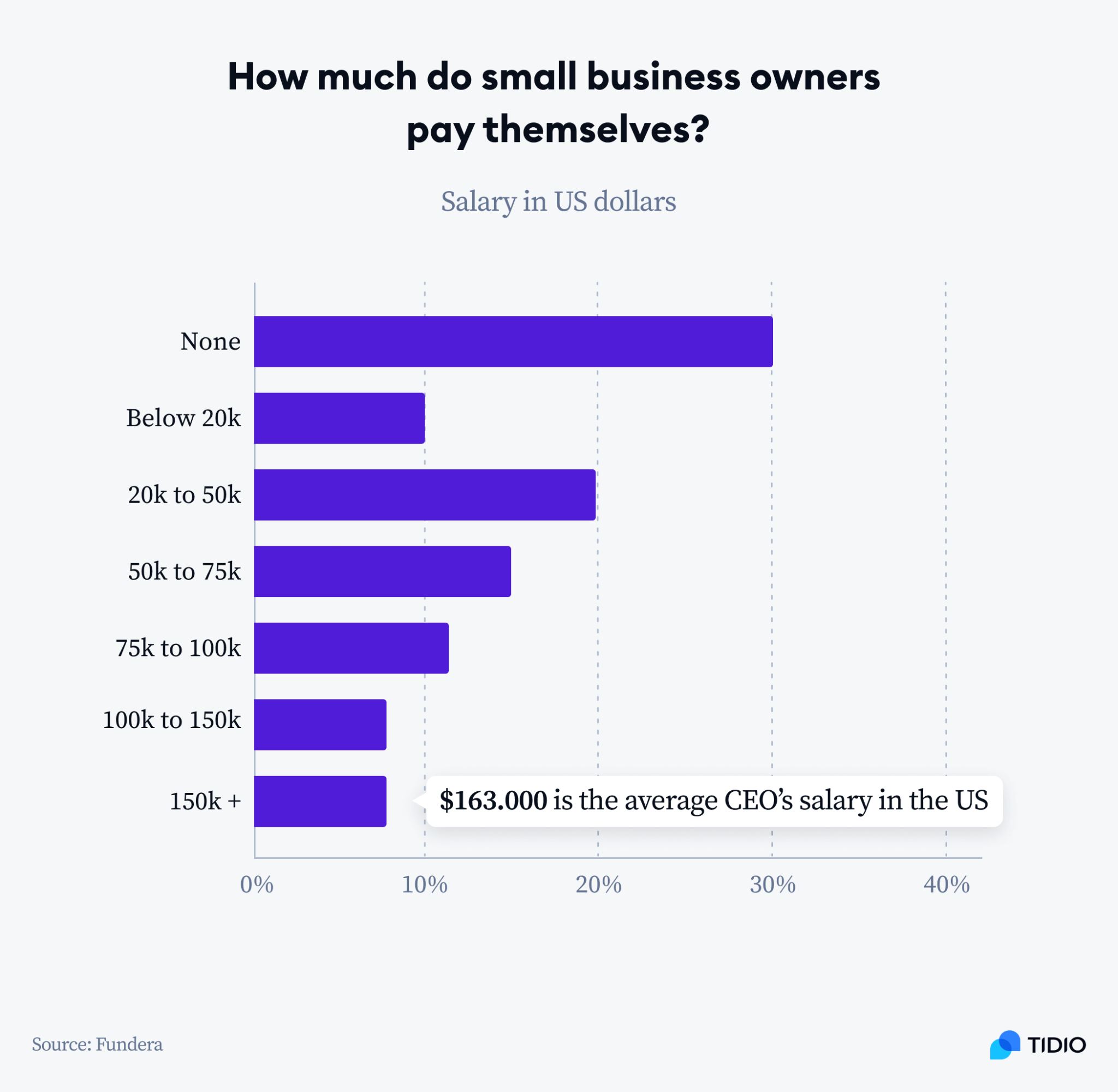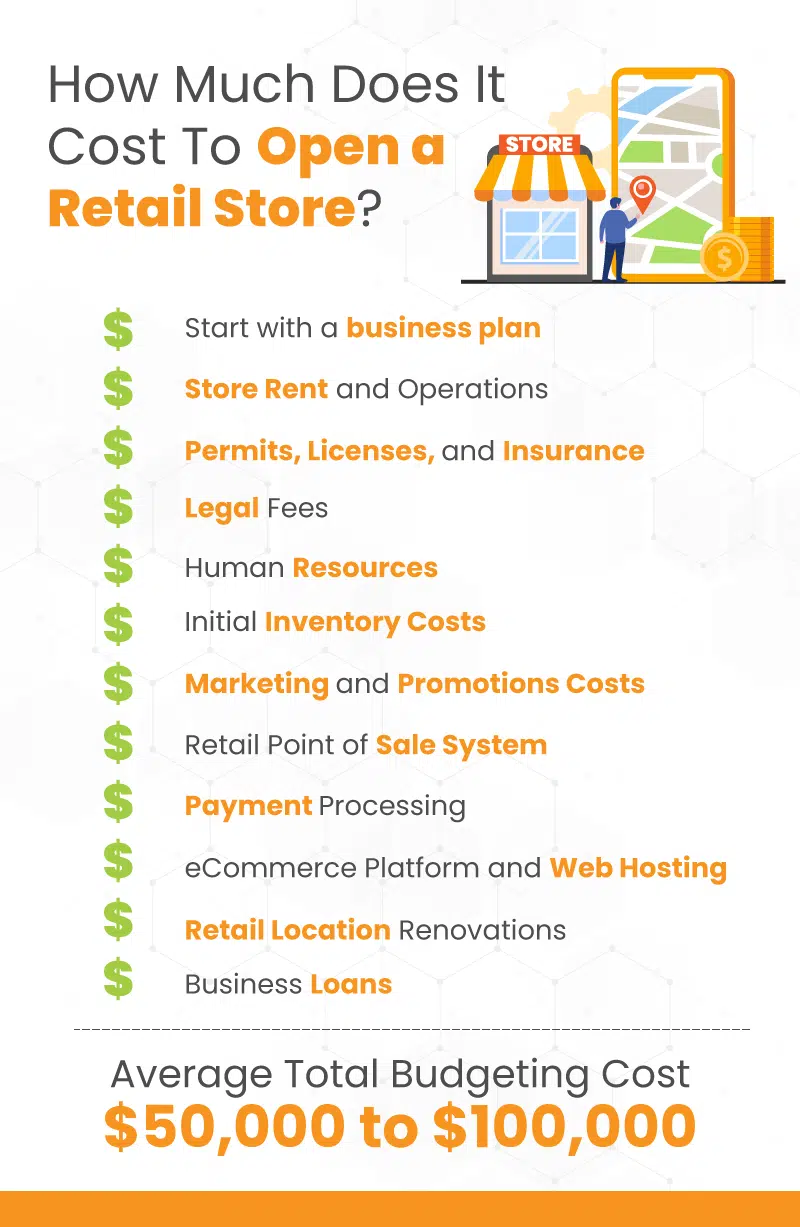How Much Money Does It Take To Start A Business

The dream of launching a business is a powerful one, fueling countless entrepreneurs to take the plunge. However, a critical question looms large for every aspiring business owner: how much capital is truly needed to get started? The answer, unsurprisingly, is complex and varies wildly depending on the industry, business model, and individual circumstances.
Understanding the financial landscape of starting a business is paramount for potential entrepreneurs. It is key to avoid undercapitalization which is a significant contributor to business failure. This article will delve into the factors influencing startup costs, providing a realistic overview of the financial commitments involved.
Startup Costs: A Multifaceted Equation
Estimating startup costs is not an exact science, but rather a meticulous process of forecasting expenses. Industry benchmarks, market research, and detailed business plans are essential tools in this endeavor. Common categories of expenses need to be considered.
Industry and Business Model
The industry a business operates in heavily influences its startup costs. A tech startup developing software might require significant investment in research and development, while a service-based business may need less upfront capital.
Similarly, a brick-and-mortar retail store will face expenses related to rent, inventory, and utilities that a purely online business can avoid. The Small Business Administration (SBA) notes that understanding industry-specific cost drivers is crucial for accurate financial planning.
Essential Expenses
Several expenses are almost universal across new businesses. These include legal and accounting fees, which ensure compliance and proper financial management. Then there is also marketing and advertising costs to reach target customers.
Office space, equipment, and supplies are also important, though these costs can be minimized by starting a home-based or virtual business. According to a 2023 report by Guidant Financial, the average startup cost for a new business is around $30,000, although this figure varies significantly depending on the specific business.
Inventory and Working Capital
For businesses selling physical products, inventory is a major startup expense. Managing this cost effectively is vital for cash flow.
Beyond initial costs, sufficient working capital is needed to cover day-to-day expenses such as salaries, rent, and marketing. A common mistake is underestimating working capital needs, which can quickly lead to financial distress.SCORE, a nonprofit organization providing mentorship to small businesses, emphasizes the importance of creating a cash flow projection to avoid this pitfall.
Funding Options
Securing funding is a critical step in launching a business. There are several avenues available for entrepreneurs. Personal savings is a common source, offering the advantage of avoiding debt and external control.
Small business loans are a popular option, provided by banks, credit unions, and the SBA. Venture capital and angel investors are more suited for high-growth potential startups.
Crowdfunding has emerged as a viable alternative, allowing entrepreneurs to raise funds from a large number of individuals in exchange for rewards or equity.
Minimizing Startup Costs
Many strategies exist for minimizing startup costs and maximizing resource efficiency. Bootstrapping, or starting a business with minimal capital, forces entrepreneurs to be resourceful and innovative.
Leasing equipment instead of buying can significantly reduce upfront expenses. Using free or low-cost marketing tools, such as social media and content marketing, can also lower costs.
A well-researched business plan that includes detailed financial projections is indispensable. This is to attract investors and secure funding and avoid costly mistakes.
Impact and Significance
The financial requirements of starting a business have a broad impact on entrepreneurship. High startup costs can act as a barrier to entry, especially for individuals from disadvantaged backgrounds.
Understanding these costs and developing strategies to minimize them can level the playing field and foster a more inclusive entrepreneurial ecosystem. Encouraging innovation and economic growth is then promoted.
Ultimately, the amount of money needed to start a business is a moving target, influenced by a confluence of factors. By carefully considering these factors, developing a robust business plan, and exploring various funding options, aspiring entrepreneurs can increase their chances of success and turn their business dreams into reality.
